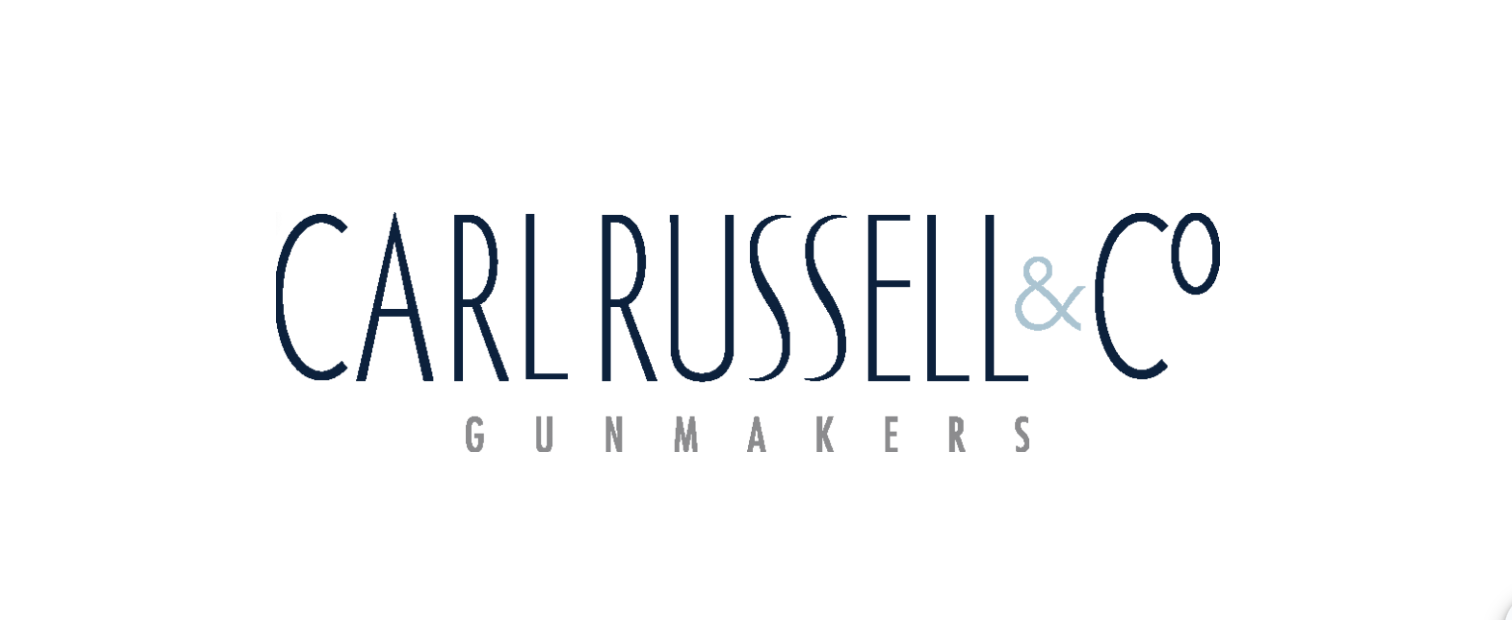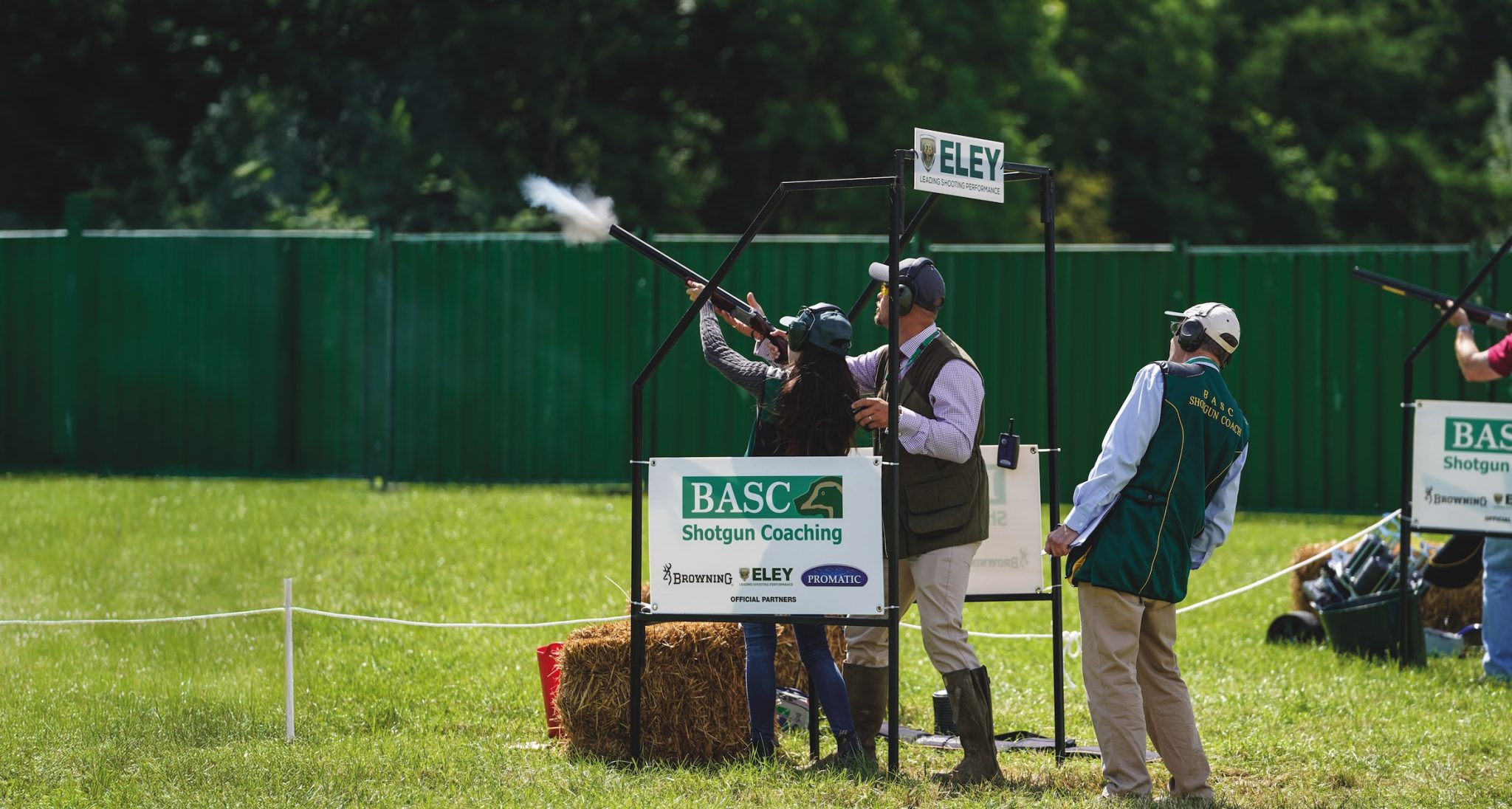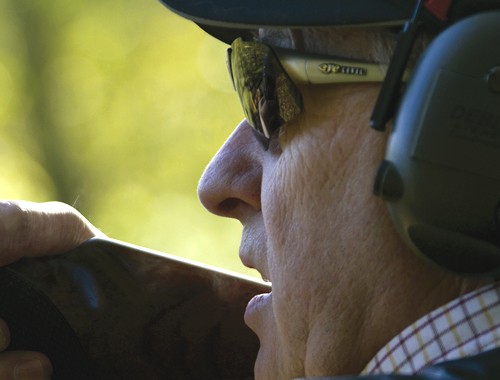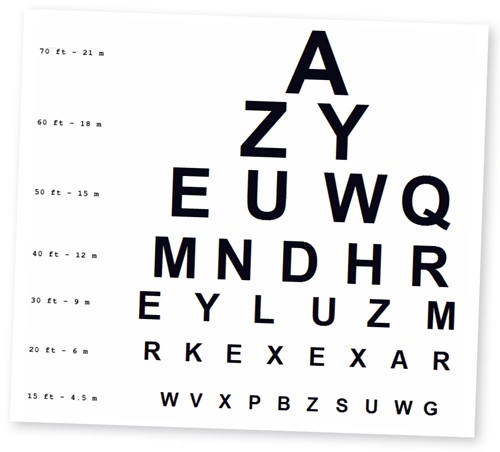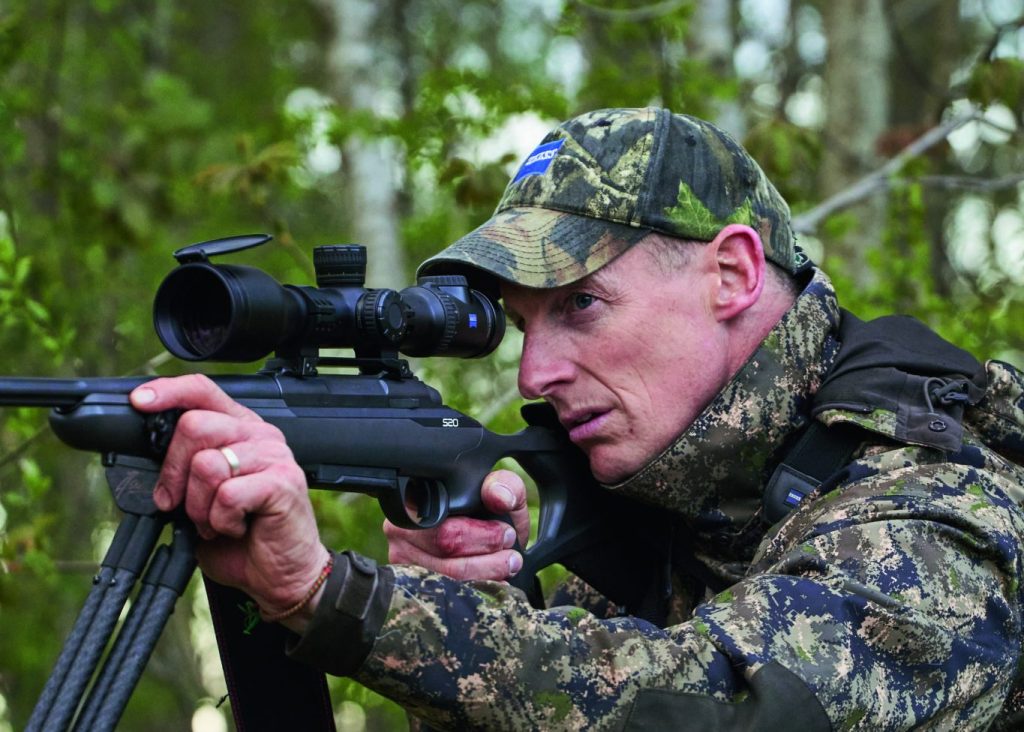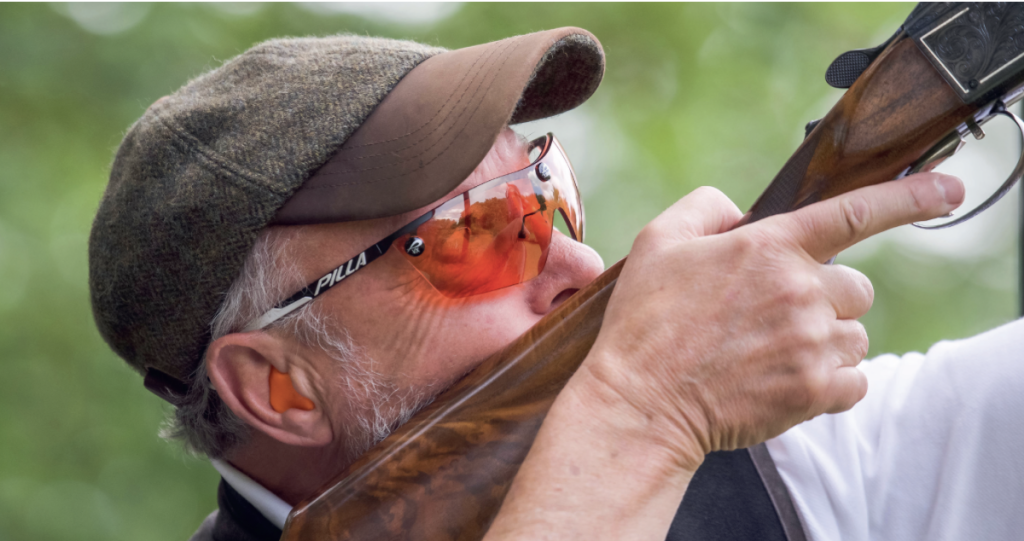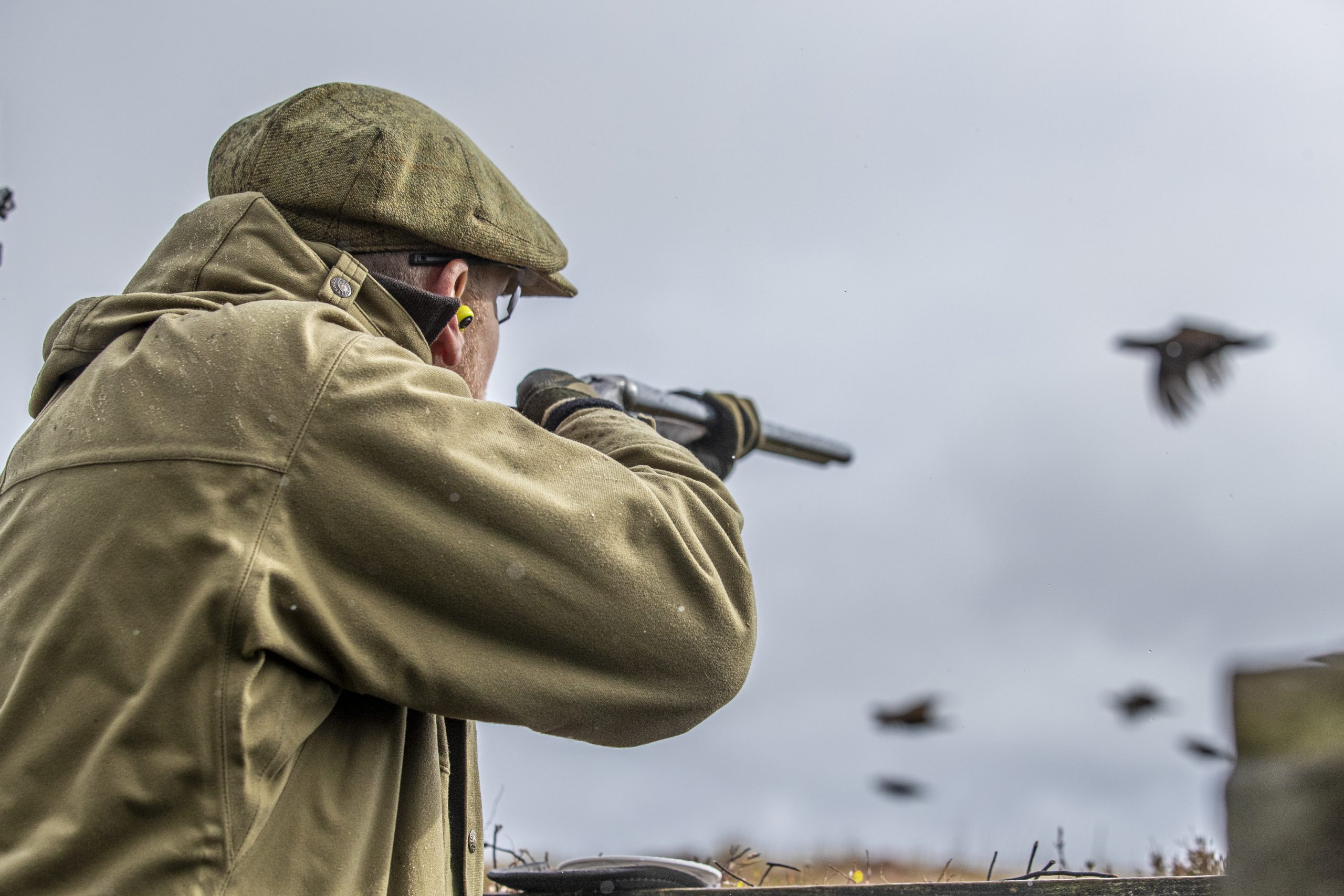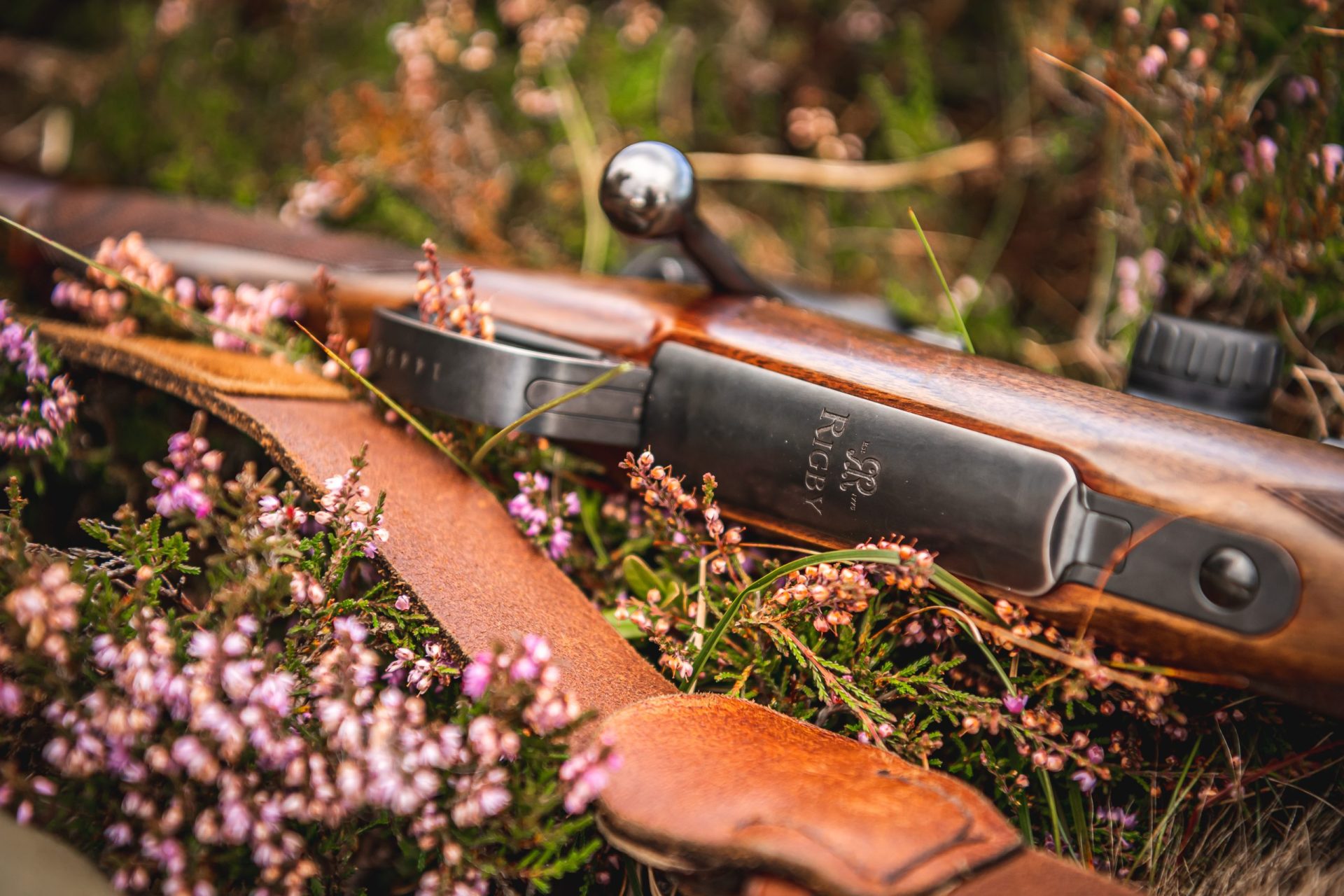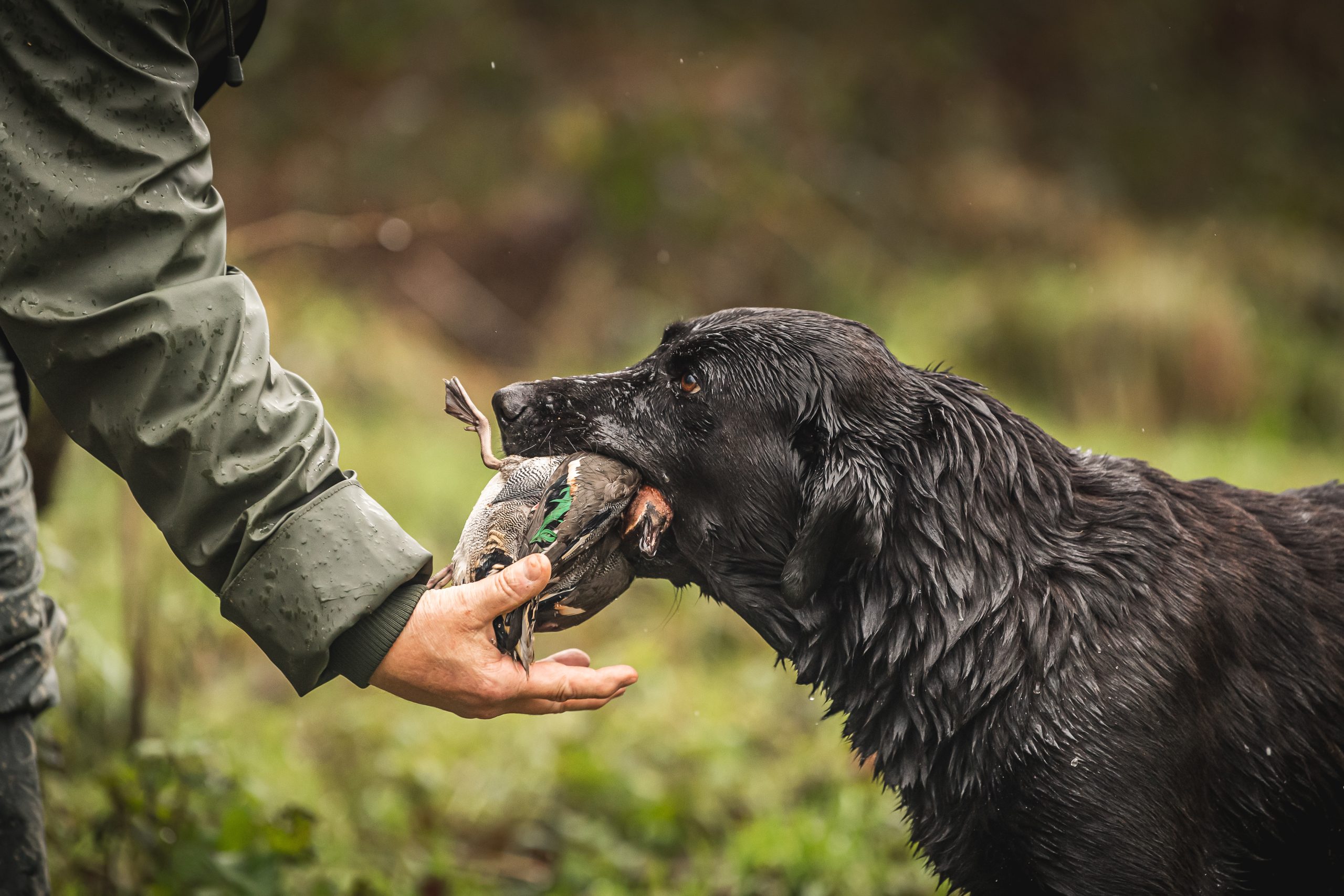Shooting
When did you last get your eyes tested?
When did you last get your eyes tested: When did you last have an eye test? To shoot well – and keep shooting into retirement – we all need to look after our peepers, as Ian reports.
Would you like to speak to our readers? We offer sponsored articles and advertising to put you in front of our audience. Find out more.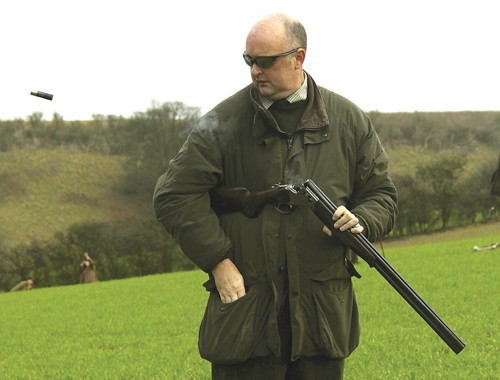
Shooting, be it game, clays, or rough is a marvellous sport. I’ve made many friends and had a great deal of fun pursuing quarry with my trusty 12 bore.
In fact, shooting has given so much pleasure, that frankly I can’t imagine life without it and dread the day that I’ll have to stop.
According to legendary shot and author Sir Joseph Nickerson, the reason most people eventually are forced to give up shooting is because of poor vision.
This is slightly scary because my eyes are a mess. I wear spectacles as thick as bottle bottoms and have to close my dominant left eye for shooting.
A friend of mine has just had laser surgery for myopia (near-sightedness) and he reckons this has made a dramatic difference to his shooting scores.
Talking to him did make me think about how important sight is.
Let’s face it, we take them for granted, but our eyes are marvels of natural engineering.
Self cleaning and auto-adjusting for brightness and focus they can accurately track a midi clay scorching across a tree line 40 yards away and allow us to place a shot string just the right distance ahead of this speck in the sky.
STEPS TO EYE HEALTH
So this article is Sporting Gun’s compact plan for looking after your eyes. The first and most obvious step, is to protect them.
That means wearing eye protection for any shooting, but especially for clays.
Clay fragments are like glass shards and I’ve seen some truly horrible ‘cut to the bone’ flesh wounds from falling clays.
I hate to think what these could do to an eye.
If you wear prescription glasses, get your optician to make your next pair with polycarbonate lenses (these will stop a pellet) and a good UV coating.
Ultra-violet rays from the sun are invisible but cumulatively can cause a lot of eye damage, including cataracts (clouding of the lenses). As a fashion statement, I’m not keen on baseball caps, but they do provide two-fold eye protection, both falling clay fragments and harmful UV rays.
Far fewer people wear eye protection for game shooting but I know of two acquaintances blinded in one eye whilst game shooting.
One, by a Gun who swung through the line; the other by a reckless uphill shot at a woodcock that was darting through the trees between the Guns.
Oh, and don’t forget to wear your eye protection or goggles when at home doing DIY.
Each year, a staggering 20,000 DIY enthusiasts damage their eyes with flying chips of wood, stone or metal.
The second most important step for eye health, if you are a smoker, is to stop.
Most people are aware of the clear links between smoking and lung cancer, heart disease and premature death.
Not so many appreciate the toll that smoking can take on eyesight.
Smokers are more likely to develop cataracts and have four times the risk of developing a nasty eye condition called age-related macular degeneration (AMD).
This gradually destroys the centre of the retina, which is responsible for the sharp, central vision needed for tasks such as reading, driving and shooting.
Quitting smoking at any age, even later in life, can significantly reduce risk of AMD.
‘MOT’ YOUR EYES
Step three is to have regular eye tests with a qualified optometrist (what used to be called an ‘ophthalmic optician’).
You should have a test at least every two years regardless of your age or eyesight.
This isn’t just about whether you need glasses.
The optometrist will give your eyes a full MOT and spot early signs of eye conditions well before you become aware of any sight loss or other symptoms.
An eye test can also identify general health problems, such as diabetes, high blood pressure, high cholesterol and even brain tumours or other neurological disorders.
Until the 1980s eye tests used to be free for everyone.
Currently, the NHS offers free tests for children and teenagers in full-time education, those over 60 or on benefits and people with certain illnesses.
For the rest of us, tests cost around £20-25 with many of the larger chains such as Boots offering tests for £10.
Tesco sometimes offer free tests. By far the best strategy is to use the same local optometrist for regular checkups.
They will hold your records and immediately be aware of any deterioration in your eyes.
Costing less than a round of clays, an eye test could literally save your life.
Step four is that old chestnut – a healthy lifestyle.
Exercise regularly, don’t get fat, give the pub an occasional rest and eat a healthy balanced diet with a wide variety of fruit and vegetables.
Not only will this benefit your overall health but it should also help to keep your eyes healthy.
Key foods for eye health are nuts, pulses and oily fish (rich in essential fatty acids) green vegetables such as kale and spinach and any plant or vegetable which is yellow or orange in colour (rich in the carotenoids lutein and zeaxanthin which may help protect the eye’s macula)
EYE SUPPLEMENTS?
Recently several dietary supplements claiming to boost eye health have been marketed.
There is some evidence that these might help slow progression of eye diseases like AMD, but no current proof that they prevent eye disease if you already have a healthy lifestyle.
Having said that, many over 50 year-olds take a daily multivitamin to compensate for dietary lapses.
Two final thoughts, if you wear contact lenses, never shower with your contacts in.
You risk getting them contaminated with a tap-water bug called acanthamoeba.
This can lead to acanthamoeba keratitis – a very painful and potentially blinding infection of the eye’s cornea.
Finally, for lampers; do carrots really help you see better in the dark?
Not really, but eaten in sensible portions, they help maintain a balanced diet.
Eat too many and you may end up as orange as David Dickinson. Now there’s a chilling thought.
When did you last get your eyes tested?
Related articles
Shooting
Shotgun
Let’s bite the bullet
The ban on lead shot for all game shooting is moving apace so it’s time to find the best eco-friendly ammunition that suits you and your rifle
By Time Well Spent
Shotgun
Shotgun buying guides
Starting out? Make sure it fits
If you’re buying your first clay gun, the right fit takes precedence – not good looks, the brand your mate’s got or even price – warns Paul Austin
By Time Well Spent
Manage Consent
To provide the best experiences, we use technologies like cookies to store and/or access device information. Consenting to these technologies will allow us to process data such as browsing behavior or unique IDs on this site. Not consenting or withdrawing consent, may adversely affect certain features and functions.
Functional Always active
The technical storage or access is strictly necessary for the legitimate purpose of enabling the use of a specific service explicitly requested by the subscriber or user, or for the sole purpose of carrying out the transmission of a communication over an electronic communications network.
Preferences
The technical storage or access is necessary for the legitimate purpose of storing preferences that are not requested by the subscriber or user.
Statistics
The technical storage or access that is used exclusively for statistical purposes.
The technical storage or access that is used exclusively for anonymous statistical purposes. Without a subpoena, voluntary compliance on the part of your Internet Service Provider, or additional records from a third party, information stored or retrieved for this purpose alone cannot usually be used to identify you.
Marketing
The technical storage or access is required to create user profiles to send advertising, or to track the user on a website or across several websites for similar marketing purposes.


